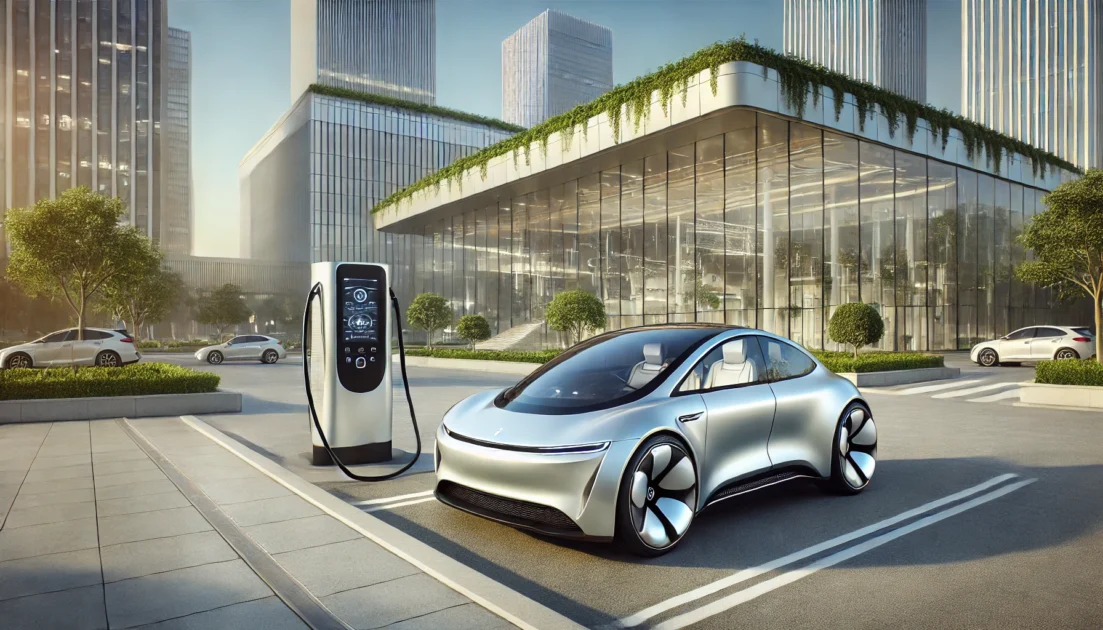Author: PPD Team Date: 07/09/2024

Union Minister Nitin Gadkari recently stated that the electric vehicle (EV) industry has matured to a point where government subsidies are no longer necessary to support manufacturers. Consumers are now choosing EVs or CNG vehicles on their own, potentially causing a shift in India’s mobility industry.
Gadkari highlighted that the cost of manufacturing EVs has dropped over the years, further making subsidies unnecessary. A study by Lawrence Berkeley National Laboratory found that the cost of grid-scale lithium-ion battery storage in India was $187 per kWh in 2020, with an estimated drop to $122 per kWh by 2025. Gadkari further predicted that EVs would reach price parity with traditional petrol and diesel vehicles within the next two years.
This development in India mirrors global trends, where countries like Norway and China have already started phasing out subsidies as their EV markets mature. India’s EV sector benefits from a 5% GST rate on electric vehicles compared to 28% for fossil fuel-powered vehicles, offering significant financial incentives to consumers and manufacturers.
Despite these advances, India still faces challenges in meeting its 2030 goal of 30% EV penetration. As of mid-2023, EVs accounted for just 5.28% of two-wheeler and 1.99% of four-wheeler sales. In 2023, only 72,930 four-wheeled electric vehicles were newly registered in India, although this was nearly double the 2022 figure, according to government data from the Vahan Dashboard aggregated by Clean Mobility Shift. Two-wheelers and e-rickshaws comprised 56% and 38% of total EV sales, respectively. Overall, the EV market grew to a 6.3% share in 2023, a significant increase from just below 1% pre-pandemic, buoyed by government subsidies under the FAME-II (Faster Adoption and Manufacturing of Hybrid and Electric Vehicles) program.
With the upcoming FAME III initiative, the focus will likely shift from direct subsidies to improving infrastructure and reducing costs. This policy change reflects confidence in the EV sector’s ability to sustain itself.
– Shivani Singh
